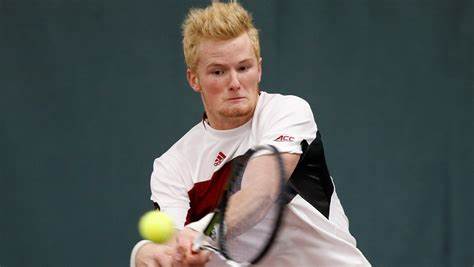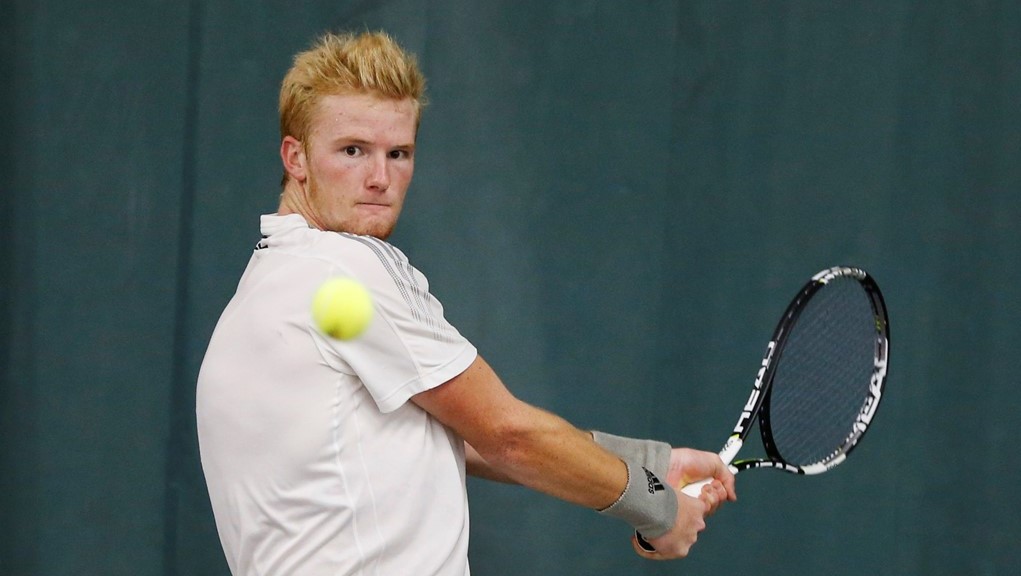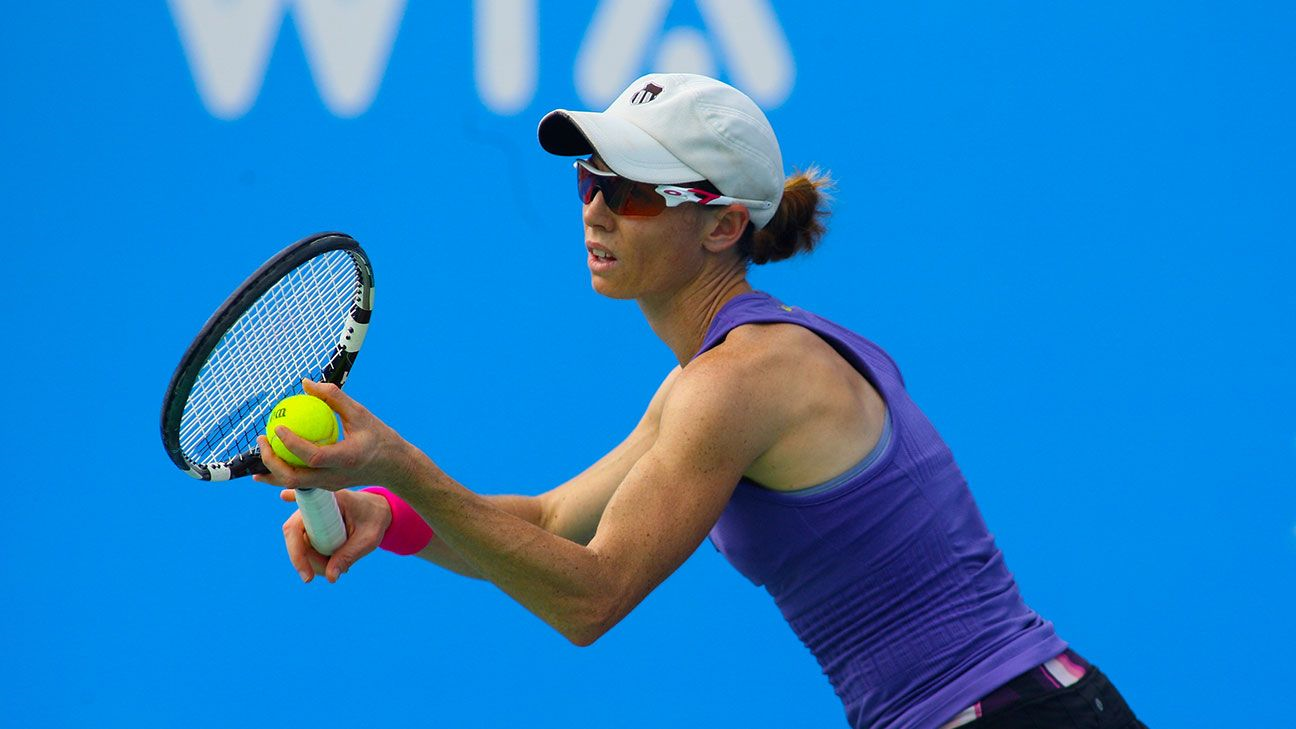Djokovic pays price for beating Nadal, Federer
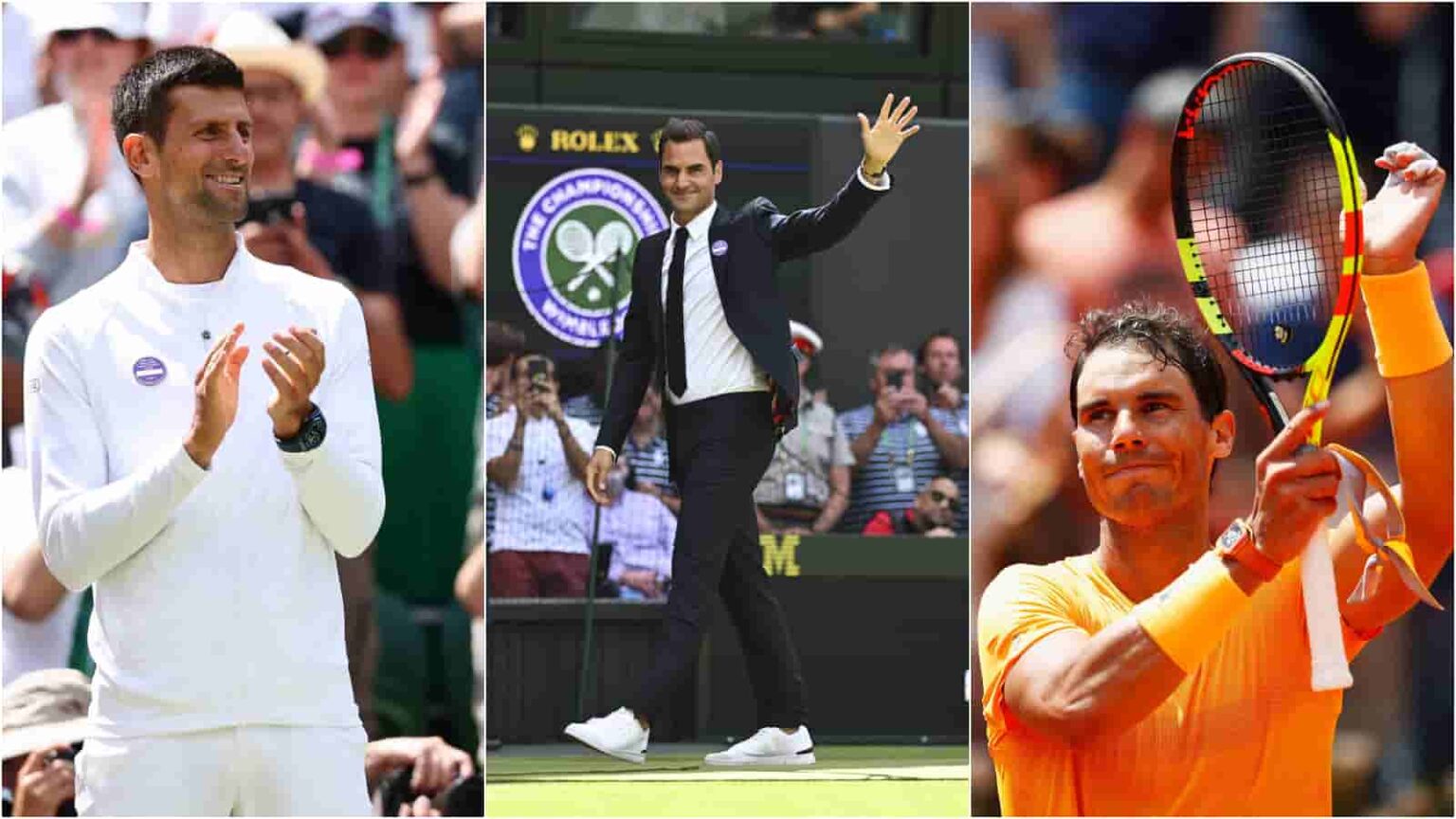
SERBIAN superstar Novak Djokovic has earned more money playing tennis than any other player in history (US$169,7 million as of June 2023), with almost as much in endorsements in that same time. He has won 23 Grand Slam singles titles since turning pro in 2003, more than any other men players.
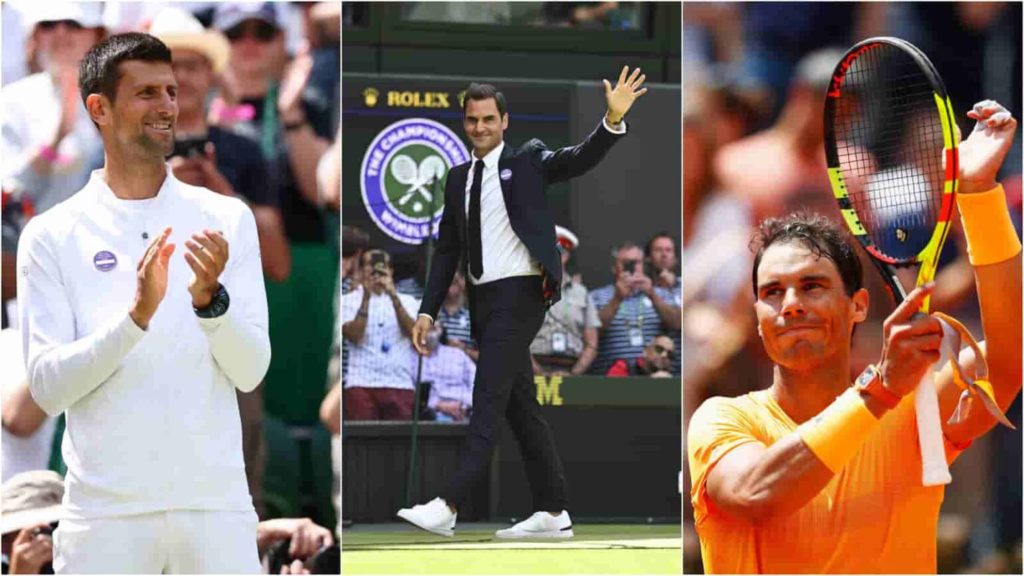
Djokovic is three major wins ahead of Roger Federer and one ahead of Rafael Nadal’s 22 titles as the career Grand Slams leader.
Somehow, there’s still something missing.
Djokovic isn’t beloved like his contemporaries, including Federer and Nadal, or even his predecessors, none of whom can match his accomplishments.
So how did we get to this place with Djokovic?
How did perhaps the greatest tennis player of all time become one of the most disliked athletes of all time?
To many tennis fans, the era in which Federer and Nadal co-dominated the sport represents the greatest tennis era of all time.
Enter Djokovic, who crashed the party when he broke a streak of 11 consecutive Grand Slam singles finals won by either Federer or Nadal and won the 2008 Australian Open at just 20 years old. Djokovic took down Federer in the semi-finals and unseeded Jo-Wilfried Tsonga in the finals.
It was the first of a record nine Australian Open titles for Djokovic. But as the saying goes: Three’s a crowd.
It was probably telling that Djokovic had perhaps the greatest single tennis season of all time in 2011 and his popularity didn’t take the meteoric leap it should have.
That doesn’t take away from what Djokovic accomplished that year; winning 10 tournaments and three Grand Slam singles titles at the Australian Open, US Open and Wimbledon.
In 2011, Nadal lost to Djokovic in the finals at six different tournaments on three different surfaces and gave the most succinct evaluation of how well his counterpart performed.
“It was probably the highest level of tennis that I ever saw,” Nadal said.
Sports fans around the world know that ‘Tiger Slam’ is a term coined when golfer Tiger Woods won all four golf majors in a row.
It became synonymous with Woods’ career and accomplishments.
Guess what?
Djokovic did the same thing in 2016 when he won the French Open to make him the reigning champion in all four Grand Slam tournaments, an accomplishment the media quickly dubbed the ‘Nole Slam’ — Nole is Djokovic’s nickname from childhood.
‘Nole Slam’ didn’t exactly enter the sports lexicon, despite Djokovic becoming the first tennis player in history to pass US$100 million in career earnings.
It was obvious to everyone watching Djokovic play over the final part of 2016 and the first half of 2017 he was dealing with an elbow injury that was impacting his play in major ways — obvious to everyone but Djokovic!
The Joker cleaned house, refusing to accept the reality of his elbow injury and placing the blame on his support staff.
First, he fired coach Boris Becker after the 2016 season. Then, after a slow start to the 2017 season, Djokovic fired another coach, Marian Vajda, fitness specialist Gebhard Phil-Gritsch and physiotherapist Miljan Amanovic in one fell swoop.
After retiring from the quarterfinals of Wimbledon due to an elbow injury, Djokovic announced, in July 2017, he would miss the rest of the season after undergoing, you guessed it, elbow surgery.
The tennis rivalry between Djokovic and Nadal is among the greatest of all time in the sport. Pound for pound, you can make a good argument that the matches between the two represent the best tennis played in the history of the sport.
It will never get the shine it deserves because Djokovic has been sour about acknowledging his opponent’s greatness from the start, which is the opposite of what Nadal has done.
Look no further than the first time the two ever squared off for evidence. After Djokovic lost to Nadal in the 2006 French Open quarter-finals — he retired because of injury — his response was to tell the media Nadal was ‘beatable on clay’.
That ain’t it.
Djokovic seemed like he could be the market replacement, so to speak, for Federer — meaning he could take Federer’s corner in the hearts and minds of tennis fans.
Never happened.
The best example we have of the Grand Canyon-sized gap between the popularity of the two players is the epic 2019 Wimbledon final between Djokovic and Federer.
In the longest match in the history of Wimbledon at 4 hours and 57 minutes, Djokovic prevailed in a five-set tie-breaker against the 37-year-old Federer.
If you were watching that year, the biggest thing to notice afterward was the muted reaction Djokovic got when he held up the Wimbledon trophy; versus the raucous reception Federer got leaving the court.
The people had spoken.
Despite his actually great on-court rivalries with Federer and Nadal — arguably two of the greatest tennis rivalries of all time — Djokovic has become much more known for his beef with Australian tennis star Nick Kyrgios in recent years.
Kyrgios put Djokovic on blast when he said the Serbian star had “…a sick obsession with being liked…,” calling his antics ‘cringe-worthy’, then hitting him with the ultimate ether rag: “I’ve never seen anyone want to be like someone else so bad. He wants to be Roger (Federer) more than he wants to be himself.”
Kyrgios, who has never advanced past the quarter-finals of a Grand Slam since turning pro in 2013, is actually 2-0 in matches against Djokovic.
In one of the more infamous moments in Grand Slam history, Djokovic was kicked out of the 2020 US Open after he hit a ball at line judge Laura Clark in anger and the ball struck her in the throat.
Clark — who ended up being OK — stayed down for several minutes. Djokovic was trailing Pablo Carreno Busta 6-5 in the first set. Angry he was behind and an overwhelming favourite to win the tournament, Djokovic struck the ball in frustration toward the line judge.
Officials immediately gave Djokovic the boot and forced him to forfeit the US$250 000 in prize money he’d earned through the first three rounds. It’s worth noting he apologised.
Djokovic has done a lot of good in his native Serbia. Most notably, the Novak Djokovic Foundation has teamed with World Bank since 2015 to build 43 schools that have seen over 20 000 children come through their doors.
After the 2014 Balkans Floods, Djokovic donated his winnings from the Rome Masters to flood victims in Serbia — about US$600 000 — and his foundation raised another US$600 000 as well.
In March 2020, Djokovic and his wife Jelena donated US$1 million to buy ventilators and other medical equipment for hospitals in Serbia.
For all of the good Djokovic may have done in his philanthropic life, you can make a good case he’s undone that good with one business venture – his 80 percent stake in the biotech firm QuantBioRes, where he’s essentially shilling for a fake COVID cure.
Here’s what QuantBioRes is all about — convincing people they can find a cure via a technique that uses electromagnetic frequencies.
“It does not reflect a contemporary understanding of how biochemistry works,” said Peter Collignon, an infectious disease and research expert, in an interview with The Guardian.
“Their website describes a way of finding a new molecule without providing any evidence of success.”
The feat is always going to be that people will confuse athletic greatness for aptitude in other areas — business, politics, you name it. In Djokovic’s case, that means trying to fake his way into being a scientist.
Following his elbow surgery in early 2018, Djokovic said he ‘cried for three days’ because he didn’t believe in surgeries or medications, and the human body should be a ‘self-healing mechanism’, although the surgery likely saved his career.
In order to participate in the 2022 Australian Open, participants were required to show proof of their COVID vaccination but Djokovic did not have one. He was eventually refused to play in the tournament he had won nine times.
With overwhelming favourite Djokovic not allowed to play in the 2022 Australian Open guess who claimed his 21st Grand Slam title? None other than Djokovic’s greatest on-court rival, Nadal, who entered the tournament ranked No. 5 in the world and had only won the tournament on one previous occasion, in 2009.
Here’s the thing about being a hated sports figure. You always have the opportunity to turn things around by doing the one thing that got you there. Winning.
Redemption lies for Djokovic mostly on the court. If he ends his career with the most Grand Slam singles titles of all time, which he almost certainly will, it’s going to be impossible to deny his place in sports history.
What happens off the court?
Well, that’s up to Djokovic.
—stadiumtalk.com



